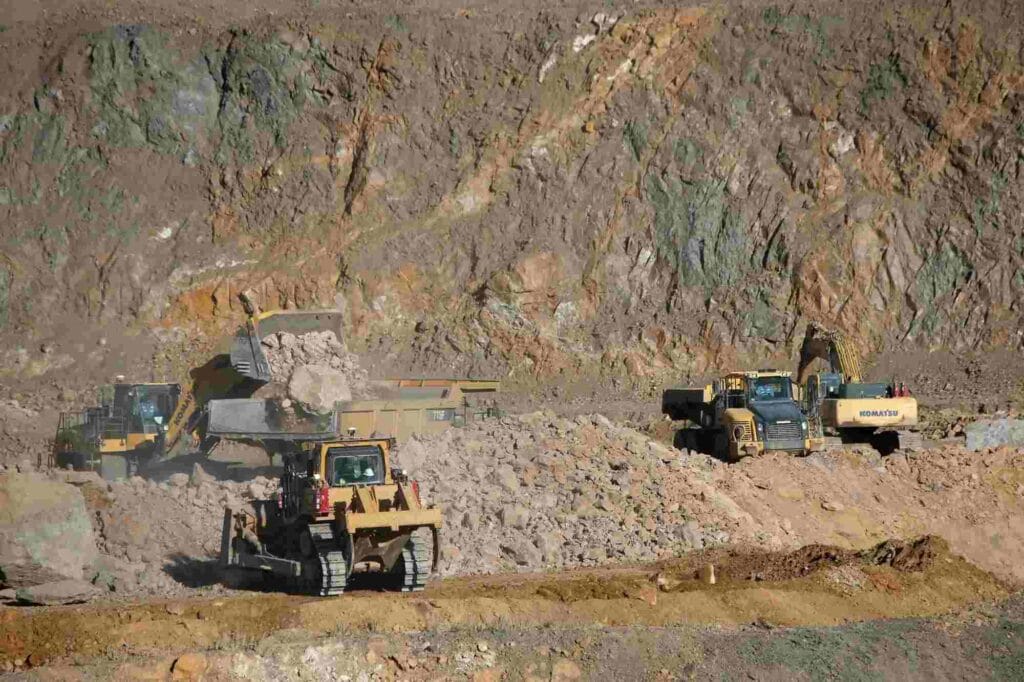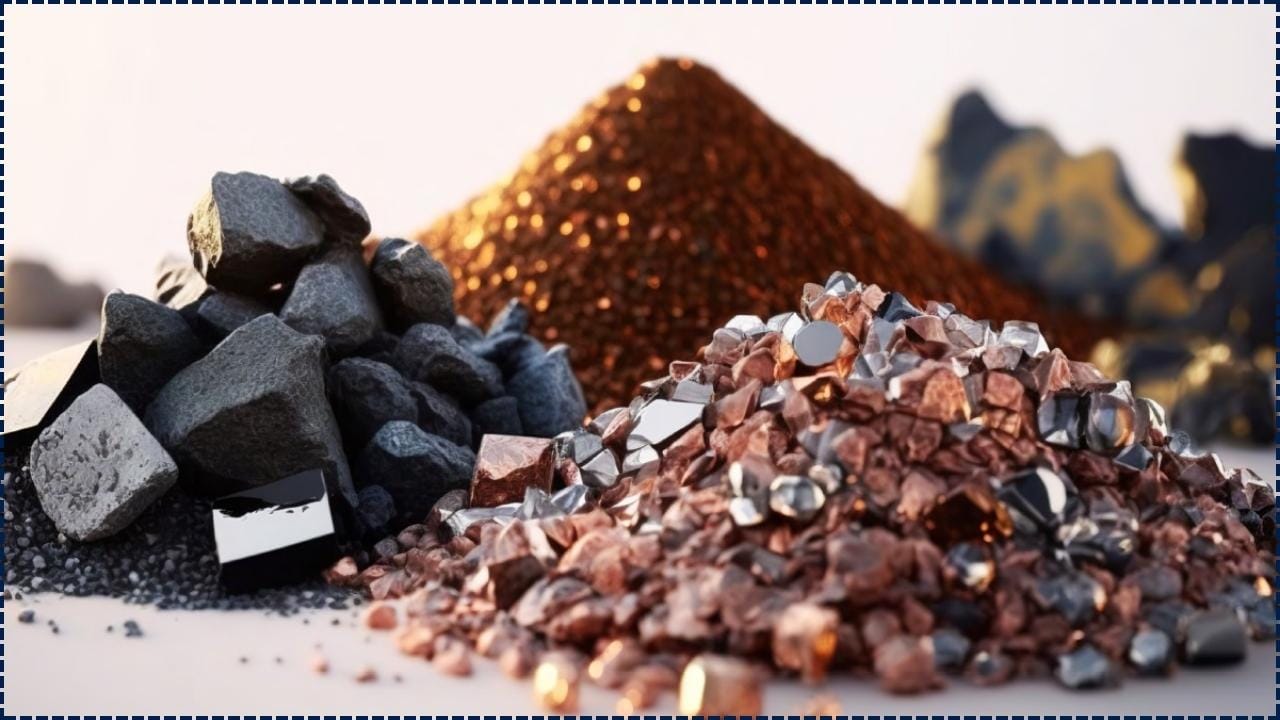Rare Earth Elements (REEs), like neodymium, dysprosium, and terbium, are vital metals that power our modern world with care. Found in electric vehicle motors, wind turbine magnets, and smartphone screens, these elements are essential for green energy, electronics, and even defense. Yet, their extraction is complex, and their supply is limited to a few countries. Understanding their role with compassion is key to fostering a sustainable, equitable global economy, ensuring technology benefits all of humanity.

In this article, we will explore which countries control the largest rare earth reserves, why these materials matter for global supply chains, and how they impact everything from the automotive industry to national security.
Which Countries Hold the Largest Rare Earth Reserves
| Country | Estimated REE Reserves (Metric Tons) | 2024 Mine Production (Metric Tons) | Strategic Importance |
|---|---|---|---|
| China | 44 million | 270,000 | Dominates global production and processing, controls most of the magnet production |
| Brazil | 21 million | 20 | Growing presence in REE extraction; aims to challenge China’s dominance |
| India | 6.9 million | 2,900 | Expanding processing infrastructure |
| Australia | 5.7 million | 13,000 | Home to the Mount Weld mine, key to future REE supply growth |
| Russia | 3.8 million | 2,500 | Modest production; reserves could be more influential in the future |
| Vietnam | 3.5 million | 300 | Potential for growth; political and legal challenges remain |
| United States | 1.9 million | 45,000 | Only operational mine at Mountain Pass, increasing domestic processing efforts (nasdaq.com) |
Rare Earth Elements (REEs) are vital not only for technology but also for shaping a hopeful global economy. Nations like China, Brazil, India, and Australia, with the largest reserves, hold significant influence with care. As the need for green energy, electronics, and defense grows, securing a steady, sustainable REE supply is essential. This fosters a shared commitment to a fair, thriving future, benefiting humanity with compassion and unity.
Countries with substantial REE reserves have the opportunity to shape the future of technology and energy transition, while ensuring that the extraction and processing of these materials is done in an environmentally responsible way. As the world moves toward clean energy, smart technology, and sustainability, the importance of rare earth elements will only continue to grow.

Why Rare Earth Elements Matter for the Global Economy
1. Technology and the Green Transition
The world is in the midst of a green energy transition. Technologies like electric vehicles (EVs), wind turbines, and solar panels are rapidly gaining traction as sustainable alternatives to traditional energy sources. However, these technologies rely heavily on rare earths for key components like high-performance magnets and batteries.
For example, neodymium, one of the most sought-after REEs, is essential for permanent magnets used in electric motors. Every electric vehicle requires around 1–3 kg of neodymium for its motor. As EV adoption continues to rise, so will the demand for these materials, underscoring their importance for future sustainability.
The global push for a clean energy revolution means that countries with significant REE reserves are in a prime position to supply these critical materials to green technologies, positioning themselves as economic powerhouses in the future.
2. Geopolitical Leverage
China’s dominance in the REE market is not just about reserves; it also controls the processing and refining of these materials. China supplies over 70% of the world’s REE production, giving it immense geopolitical power. The strategic control over the supply of these materials has allowed China to exercise significant influence over global supply chains, particularly in industries that rely heavily on rare earths for manufacturing.
Countries like the United States, Japan, and India have been diversifying their supply chains to reduce reliance on China. This diversification is critical as global demand for green technologies and high-tech products surges, and the geopolitical implications of REE access continue to unfold.
3. Economic Growth and Market Dynamics
The market for rare earths is booming, with an estimated value of $9.9 billion in 2024 and projected to grow to $16 billion by 2030 (grandviewresearch.com). Countries with large REE reserves stand to benefit greatly from this growing market. Whether through mining, processing, or exporting, nations with access to these materials can strengthen their economies and play pivotal roles in shaping the future of global trade.
Given the technological importance of REEs in industries like electric vehicles and electronics, their market demand will only increase, reinforcing the economic importance of nations that control significant reserves.
4. Supply Chain Risks and Environmental Considerations
REE extraction is far from a clean process. Mining and processing these elements are highly environmentally intensive and often result in soil degradation, water contamination, and toxic waste. For example, the Baotou region in China, home to some of the world’s largest rare earth mining operations, has suffered from significant environmental pollution due to improper waste management (theguardian.com).
This environmental damage highlights the need for sustainable mining practices, better regulations, and recycling to ensure that the growing demand for REEs does not come at the expense of the planet.
Global Shift Towards REE Recycling
Recycling is becoming a crucial part of the REE supply chain. As e-waste (discarded electronics) becomes a growing problem worldwide, it also presents a valuable opportunity to recover rare earths that would otherwise be lost. Technologies for urban mining—the process of extracting rare earths from discarded electronics—are rapidly improving, offering a sustainable solution to reduce the environmental impact of traditional mining.
Countries like the United States and Germany are investing in recycling programs to ensure that rare earths are recovered efficiently from old smartphones, batteries, and other electronic devices. This shift toward recycling not only helps conserve resources but also contributes to a more circular economy that reduces dependence on newly mined REEs.
Technological Innovations in REE Extraction
Another area of innovation is in extraction technologies. Researchers are exploring more environmentally friendly ways of extracting REEs. For example, biotechnology is being explored as a way to use bacteria or fungi to extract rare earth elements from low-quality ores, a process known as bio-leaching.
Additionally, hydrometallurgical processes are being developed to increase extraction yields and reduce waste. These innovations are critical in ensuring that REE extraction becomes more sustainable and efficient, allowing countries with large REE reserves to meet global demand without compromising the environment.
Rare Earths in the Space Industry
In addition to their role in green technologies and electronics, rare earth elements are also indispensable in the space industry. REEs are used in the manufacture of satellites, rockets, and other space exploration equipment, where high-performance materials are essential for success. This increases the strategic importance of countries with significant REE reserves, as they are key to maintaining technological superiority in the aerospace sector.
Related Links
The Truth About Tariffs and the U.S. Trade Deficit — Are We Heading Toward a Crisis?
Confirmed: Massive “White Gold” Discovery in Nevada Could Reshape America’s Energy Future
U.S. Launches Boldest Tech Crackdown Yet to Block China From Ruling the Skies
China’s Market Influence: Political and Economic Dynamics
China’s dominance in the REE market is more than just an economic factor; it’s also a political one. Over the years, China has utilized its control over rare earth exports as a means to exert influence over other countries, particularly the United States. The ongoing trade wars and economic competition between the U.S. and China highlight the strategic importance of securing access to rare earths for both national security and economic stability.
In response to China’s dominance, countries like Japan and India are diversifying their sources of REEs and investing in domestic processing capabilities to mitigate trade risks and create a more secure supply chain.
FAQs
Q1: Why are rare earth elements so important?
REEs are critical for manufacturing technologies like electric vehicles, smartphones, wind turbines, and military equipment, making them essential for both green energy and national security.
Q2: Which country has the most rare earth reserves?
China holds the largest rare earth reserves, accounting for about 44 million metric tons—around 40% of the world’s total reserves.
Q3: How does China control the rare earth market?
China controls the REE market by owning the majority of both global reserves and processing capabilities, making it the dominant supplier for most industries reliant on REEs.
Q4: What are the environmental risks of rare earth mining?
The extraction of REEs often leads to pollution, soil contamination, and toxic waste, which pose significant environmental and health risks.
Q5: What is the future of the rare earth market?
The rare earth market is expected to grow rapidly, driven by demand for electric vehicles and renewable energy technologies. Countries are focusing on recycling and diversifying their supply sources to ensure stability.








